Air conditioners are one of the most expensive appliances in a house; many homeowners are eager to clean them with each passing season to protect their investment. Regular maintenance of your AC unit will save you from costly repair bills. But cleaning it with the wrong tools can cause damage to your system and eliminate your savings. Is it safe to use a pressure washer on an AC unit, and if not, what should you use instead?
A system that’s clogged with dirt and debris won’t function that efficiently. An overworked unit is more prone to breakdowns. Blocked air conditioners will also raise your power bill, all for lowered performance. Many owners of these machines want to clean the coils to prevent damage and wasted energy. A pressure washer might seem like the way to go since its high power can blast away dust and mildew. Unfortunately, the stream is too intense for the coils of your unit.
Rather than fixing your problem, a pressure washer will create new ones by damaging the fins. Typically made of copper or aluminum, these soft metals will bend under the intensity of a high-pressure stream. It can even create holes in the tubing. A power washer is too intense for the coils of an AC system. For these reasons, it’s strongly advised that you only pressure wash the outside of your unit; repairing coils is a costly fix.
So what should you use instead? Before you start to clean your air conditioner, make sure to power it down. Since you’re using water to clean it, shutting the power off will prevent any electrical hazards. You can flip the switch down or pull out the block from the electrical plug.
Next, trim any overgrown grass or weeds surrounding your unit. They can block the airflow and reduce efficiency. Give your AC system room to breathe by clearing the vegetation around it. Then, remove the top of the unit; you may need to loosen a few screws for this. The fan might be attached to the top cover, so take care and place it where it will not be damaged. You can clean the blades of the fan using a rag or brush.
Then, cover the motor and electrical wires with plastic wrap. This will protect the electrical components from water damage. You can use a vacuum with a brush attachment to suck out any debris from inside the unit. The soft bristles and suction won’t be too intense that they will damage the coils inside the condenser. If you notice any warped fins, you can use a fin comb or a knife to gently straighten them; insert it alongside the bent coil and use the sharp edge to properly align the metal.
After you’ve cleaned the interior, you can use a coil cleaner spray or compressed air to dissolve dirt from the fins. Allow the product to sit on the coils for at least five minutes. Then, you can wash it away using the stream from a garden hose – it’s much less intense than a power washer, and will do the job of removing pollen and dirt from your unit. Using the lowest pressure possible, spray the exterior to remove any leaves, dust, or dirt, and do your best to keep water away from the motor.
Once you’ve finished cleaning your unit, it’s time to reassemble it. Take off the plastic that you placed to protect the electrical wires and motor. Then, reinsert the fan and top cover of the unit, and fasten any screws that are needed. Finally, you can power your unit back on, either by plugging it in or flipping the switch. Set the system to cool your home and enjoy your highly efficient, newly cleaned air conditioner.
AC units aren’t inexpensive; proper maintenance of these systems requires the expertise of a professional. To make sure that your AC unit is clean without worrying about damaging it in the process, you can contact a professional to do it for you. Provincial Heating and Cooling is a Winnipeg air conditioning company. We only use the lowest pressure to clean your AC unit to prevent any potential damage. Have your HVAC system inspected by the heating and cooling experts to keep it running smoothly and efficiently for years to come.

